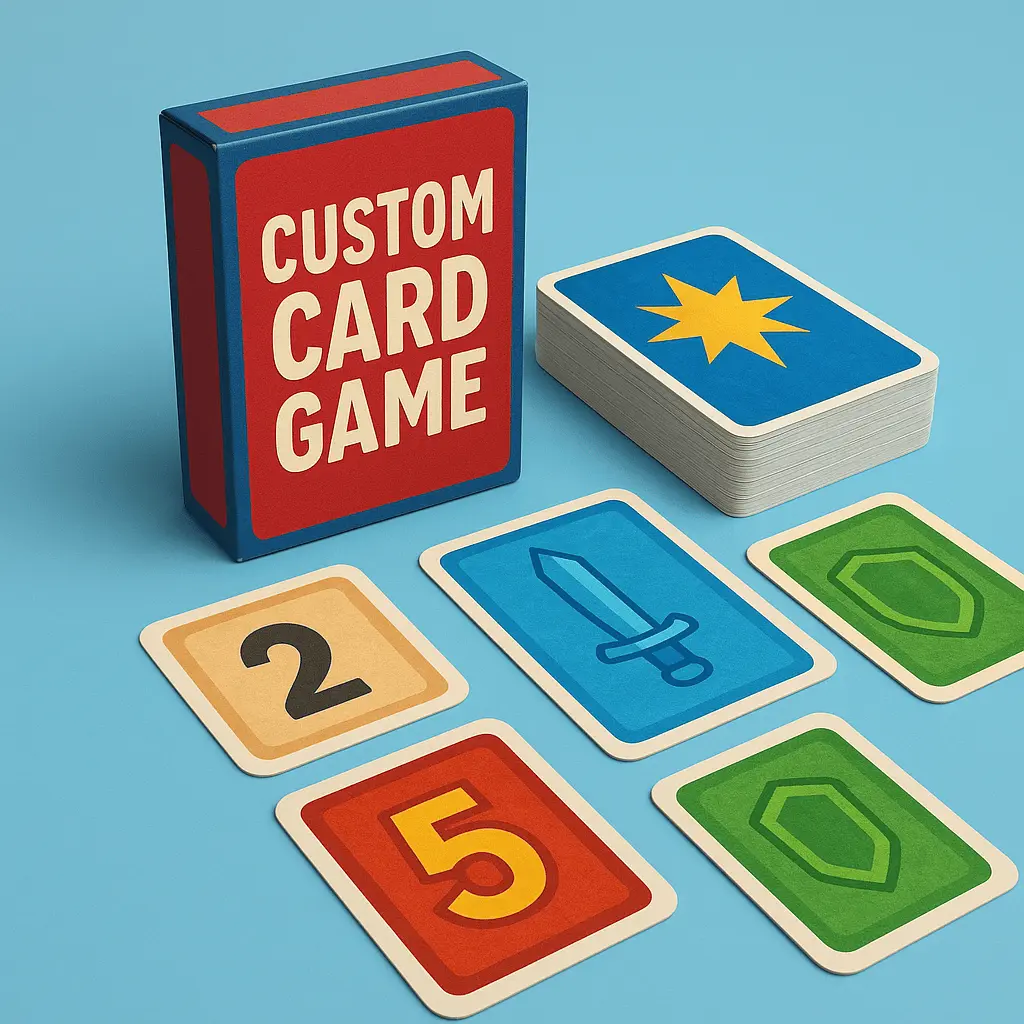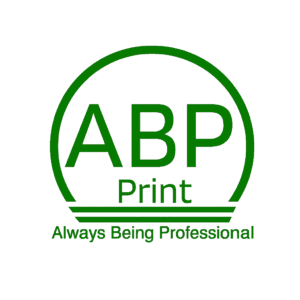Ever dreamed of creating a game that captivates friends and family? Learning how to make your own playing card game can turn that dream into reality. It’s exciting and rewarding. Plus, it opens doors for game designers and developers. In this post, we’ll explore the process step by step. You’ll gain practical tips to bring your vision to life. Whether you’re a hobbyist or a pro, this guide helps. Let’s dive in.

Why Bother Learning How to Make Your Own Playing Card Game?
First, consider the fun factor. Designing your own cards sparks creativity. You control every detail, from themes to rules. However, it’s more than just play. For game wholesalers and retailers, custom games boost sales. They stand out on shelves. Additionally, developers use prototypes to test ideas quickly.
Moreover, how to make your own playing card game builds skills. You learn about balance and engagement. These lessons apply to board games too. For instance, many successful titles started as card prototypes. Therefore, it’s a smart entry point. It requires less investment than full board games.
The Benefits of How to Make Your Own Playing Card Game for Designers
Now, think about designers specifically. How to make your own playing card game lets you iterate fast. Change a rule? Just redraw a card. This flexibility saves time and money. Furthermore, it fosters innovation. You might invent mechanics that wow players.
Retailers love unique products. Custom card games draw crowds at stores. Wholesalers can offer exclusive lines. As a result, your game reaches more audiences. Plus, the process hones your pitching skills. Share prototypes with publishers easily.
Step-by-Step: How to Make Your Own Playing Card Game from Scratch
Ready to start? Follow this roadmap. It covers everything from idea to print. Remember, patience pays off. Each step builds on the last. So, let’s break it down.
Brainstorming Ideas When You Learn How to Make Your Own Playing Card Game
Begin with inspiration. Jot down themes that excite you. Fantasy? Sci-fi? Everyday life? Next, outline core mechanics. Will it be trick-taking or set collection? For example, think about Uno’s simplicity.
However, test feasibility early. Sketch rough cards on paper. Play a solo version. Does it flow? Adjust as needed. Additionally, research existing games. Avoid copying, but borrow smartly. This phase sets a strong foundation.
Moreover, involve others. Share concepts with friends. Their feedback refines your vision. Therefore, brainstorming isn’t solo work. It evolves through discussion.
Designing Cards: Key Tips for How to Make Your Own Playing Card Game
Once ideas solidify, move to design. Use tools like Canva or Adobe Illustrator. Keep layouts clean. Clear icons prevent confusion. For instance, use bold colors for suits.
Furthermore, balance artwork and text. Art draws eyes, but rules need readability. Test print a sample deck. Check sizes—standard poker fits most hands. However, custom sizes work for unique games.
Additionally, consider durability. Laminated cards last longer. Think about player experience too. Smooth edges feel premium. This attention to detail elevates your game.
Prototyping Your Deck in How to Make Your Own Playing Card Game
Prototyping brings ideas to life. Print designs on cardstock. Cut them out carefully. Now, playtest rigorously. Time sessions. Note frustrations.
For example, if rules confuse, simplify wording. However, don’t rush fixes. Iterate multiple times. Friends provide honest input. As a result, your prototype shines.
Moreover, track changes. Use a notebook or digital doc. This helps later. Prototyping reveals hidden flaws. Therefore, it’s essential before production.
Production: Scaling Up After You Master How to Make Your Own Playing Card Game
Finally, think big. Home printing suits prototypes. But for sales, go pro. Partner with printers for quality. They handle bulk runs efficiently.
Custom options abound. Foil stamping adds flair. Box sets protect decks. Retailers prefer packaged goods. Wholesalers seek reliable suppliers.
However, choose wisely. Look for eco-friendly inks. Fast turnaround matters too. For instance, overseas factories cut costs without skimping quality.
Common Pitfalls in How to Make Your Own Playing Card Game
Even experts stumble. Overcomplicate rules first. Keep it simple. Players quit complex games. Additionally, ignore testing. It leads to flops.
Moreover, skimp on materials. Cheap paper warps. Invest upfront. Therefore, learn from mistakes. They sharpen future designs.
Wrapping Up: Your Next Move After Learning How to Make Your Own Playing Card Game
Congratulations! You’ve got the blueprint. How to make your own playing card game empowers creators everywhere. From brainstorm to box, it’s doable. Now, turn prototypes into products.
If you’re a developer or designer ready for pro printing, we’re here. ABPro Print specializes in custom board and card games. Visit our website at https://abproprint.com/. WhatsApp us for a free quote: http://wa.me/8613288463373. Or email sales@abproprint.com.
Start creating today. Your hit game awaits. What’s your first idea? Share in comments below.

